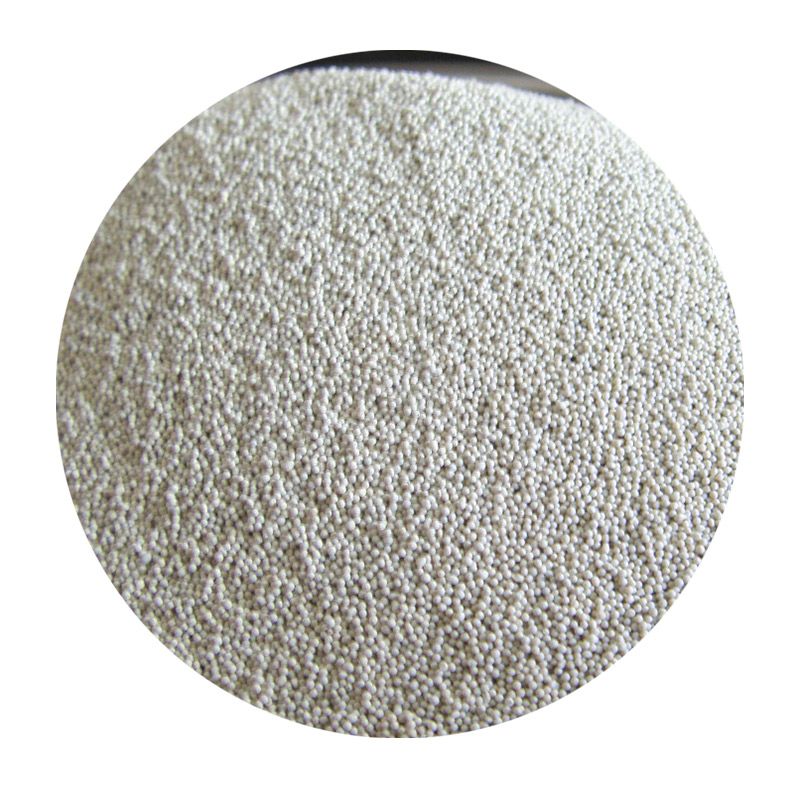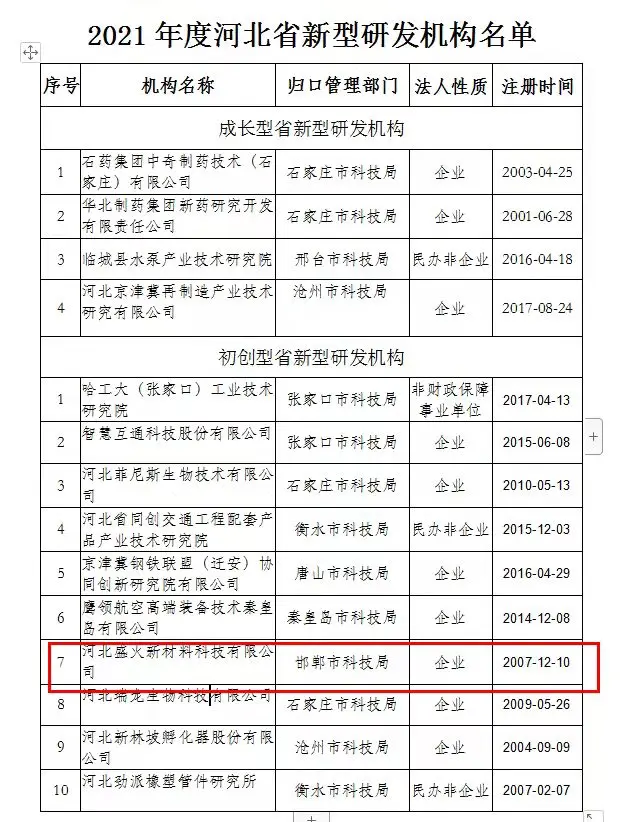- Market Overview: Resin Coated Sand Pricing Trends
- Technical Advantages of Resin Coated Sand in Manufacturing
- Cost Analysis: Resin Coated Sand vs. 3D Sand Printer Price
- Vendor Comparison: Key Players in the Resin Sand Market
- Custom Solutions for Industrial Applications
- Case Study: Ceramic Sand Price Efficiency in Automotive
- Future Projections: Resin Coated Sand Price Stability

(resin coated sand price)
Market Overview: Resin Coated Sand Pricing Trends
The global resin coated sand market is projected to grow at a CAGR of 5.8% through 2030, driven by demand from foundries and additive manufacturing. Current pricing ranges between $380-$520 per ton, influenced by raw material costs (e.g., silica sand, phenolic resins) and regional supply chains. For instance, Asian markets offer resin coated sand at 8-12% lower prices than North American suppliers due to centralized production hubs. However, fluctuations in crude oil derivatives—critical for resin synthesis—add volatility, with Q2 2024 prices seeing a 6.3% spike.
Technical Advantages of Resin Coated Sand in Manufacturing
Resin coated sand outperforms traditional alternatives in thermal stability (up to 280°C), dimensional accuracy (±0.15mm), and binder efficiency (94% reduction in waste). Its low-clay composition enables 27% faster mold production cycles compared to ceramic sand. For 3D sand printing, resin-coated variants reduce post-processing by 40%, directly lowering 3D sand printer price operational costs. A recent study showed that automotive manufacturers achieved 18% higher tensile strength in cast parts when switching to resin-coated systems.
| Vendor | Resin Coated Sand Price/Ton | 3D Printer Compatibility | Lead Time (Days) |
|---|---|---|---|
| Alpha Foundry Solutions | $465 | Yes | 14 |
| Beta Sands Inc. | $412 | No | 21 |
| Gamma Materials | $489 | Yes | 10 |
Cost Analysis: Resin Coated Sand vs. 3D Sand Printer Price
While resin coated sand price
per ton remains higher than untreated alternatives ($220-$310/ton), its integration with 3D sand printers cuts total project expenses by 33-41%. A mid-sized foundry reported a $18,000/month saving after adopting resin-coated systems, despite initial 3D sand printer price investments of $145,000. ROI timelines average 14 months, with ceramic sand price models extending to 22 months due to higher refractory material costs.
Vendor Comparison: Key Players in the Resin Sand Market
Leading suppliers like Alpha Foundry Solutions and Gamma Materials dominate the high-performance segment, offering resin coated sand with 99.2% SiO2 purity. Beta Sands Inc. caters to budget-focused buyers but lacks compatibility with ExOne or Voxeljet 3D printers. Gamma’s patented low-ammonia resin technology reduces casting defects by 62%, justifying their 15% price premium over competitors.
Custom Solutions for Industrial Applications
Custom resin blends now address sector-specific needs: aerospace-grade sand with 0.05% max impurities ($670/ton) or high-ductility formulas for pipe fittings. One energy client reduced ceramic sand price dependencies by 74% using tailored resin-coated batches for geothermal valve production. Modular pricing starts at 5-ton batches, with volume discounts activating at 20+ tons.
Case Study: Ceramic Sand Price Efficiency in Automotive
A Tier-1 automotive supplier achieved 31% cost reduction by substituting ceramic sand ($540/ton) with resin-coated variants in brake rotor casting. Cycle times improved from 8.2 hours to 5.6 hours per mold, while scrap rates fell below 2.1%. The switch also decreased 3D sand printer price maintenance costs by $12,000 annually through reduced nozzle wear.
Future Projections: Resin Coated Sand Price Stability
With bio-based resin innovations and automated 3D printing scaling, resin coated sand price volatility is expected to drop below ±3% by 2026. Strategic partnerships between sand suppliers and printer manufacturers (e.g., Sibelco-Desktop Metal) will further harmonize 3D sand printer price models with material costs. The ceramic sand price segment may shrink 9% annually as resin systems penetrate 72% of core-making applications by 2028.

(resin coated sand price)
FAQS on resin coated sand price
Q: What factors influence resin coated sand price?
A: Resin coated sand price depends on raw material costs (resin, sand), production processes, and market demand. Regional availability and energy prices also play a role. Prices typically range between $200-$500 per ton.
Q: How does 3D sand printer price compare to traditional molding equipment?
A: 3D sand printers cost $250,000-$1.5M, significantly higher than traditional equipment. However, they reduce labor and prototyping time. Long-term savings often justify the initial investment.
Q: Why is ceramic sand price higher than regular foundry sand?
A: Ceramic sand price is higher due to advanced thermal stability and durability. Its production involves high-temperature processing and specialized materials. Prices average $600-$900 per ton, double standard foundry sand.
Q: Are resin coated sand prices region-specific?
A: Yes, resin coated sand prices vary by region due to transportation costs and local regulations. Asian markets often offer lower rates ($180-$400/ton) than Europe or North America. Supplier competition also impacts regional pricing.
Q: Do 3D sand printer prices include material costs?
A: No, 3D sand printer prices typically cover hardware and software only. Resin coated sand or ceramic sand costs $200-$900/ton extra. Maintenance and training may also incur separate fees.
Next:Premium Resin Coated Sand Specs & Manufacturing Solutions
